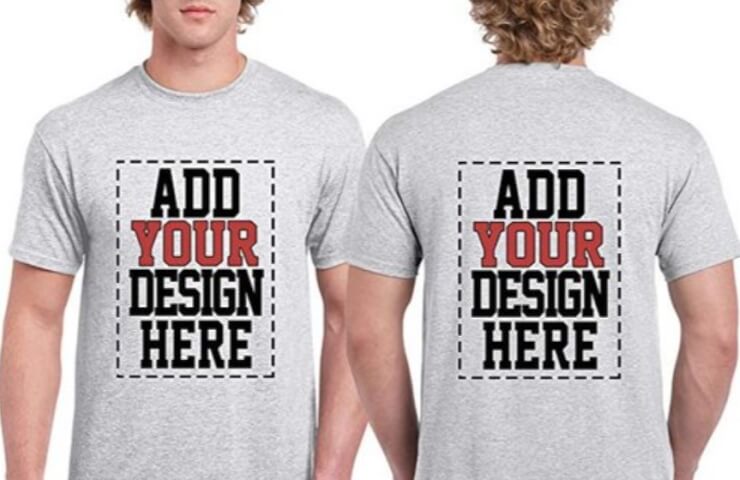There are many ways to transfer an image to textiles. Digital direct printing is characterized by fast production of small batches and high quality of the picture, even in small details. If you have the necessary raw materials, get a T-shirt with a unique pattern here is possible in record time.
Image transfer features
Each technology has its own unique features that should be considered during the workflow. Digital textile printing is no exception. During the technological process, the following actions will be performed:
- A special composition is applied to the synthetic textile base.
- The T-shirt is run through a special printer.
- Fixing the resulting image under the steam plant.
- Wash fabric to remove chemicals.
- The T-shirt can be used for its intended purpose.
Important: if you strictly adhere to the technological process. Use only high-quality preparatory substances and paint, the finished result will firmly adhere to the synthetic base of the fabric. The clarity of the image and the resistance of the paint to spreading during application directly depends on the preliminary impregnation of the T-shirt.
Printing images on natural textile
In this case, a completely different type of paint is used. In addition, the T-shirt is not pre-coated with chemically active substances that protect the fibers from damage. Natural materials are more resistant to paint flow and can be painted better with less time. The following types of dyes may be approved for use:
- dispersed (suitable for polyester fabrics);
- pigmented (hold on mixed analogues);
- acidic (dyes natural wool and silk);
- active (universal paint for natural textiles).
A special inkjet printer is used to apply the image. It distributes the paint on the surface of the textile material so that it is clearly visible and firmly held after drying. If you initially use high-quality paints, it is quite easy to achieve photographic quality of the drawing.





